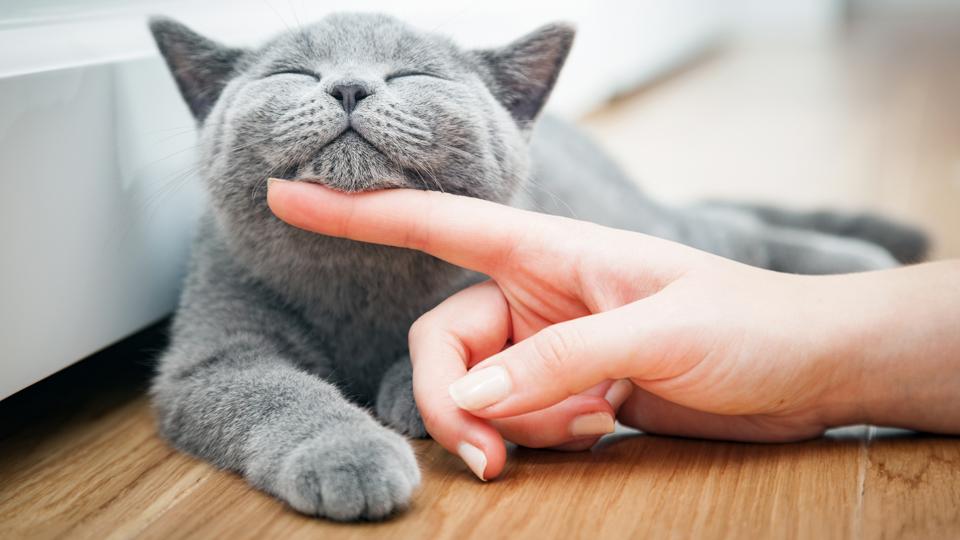
At
the very least, the image of the “independent” cat has done it little
harm in terms of popularity as a pet. It’s thought there are as many as
10 million domestic cats in the UK alone. Some 25% of households were believed to have at least one cat when a study was undertaken in 2012.
One clue to the cat’s image may come from how they were domesticated in the first place. It was a much more gradual process than that of dogs – and cats were very much in the driving seat. The earliest domesticated cats started appearing in Neolithic villages in the Middle East around 10,000 years ago. They didn’t depend on their early human hosts for food – they were encouraged to fetch it themselves, keeping crops and food stores safe from rats and other vermin. Our relationship with them was, from the outset, a little more at arms’ length than dogs, who helped us hunt and relied upon humans for a share of the spoils.
One clue to the cat’s image may come from how they were domesticated in the first place. It was a much more gradual process than that of dogs – and cats were very much in the driving seat. The earliest domesticated cats started appearing in Neolithic villages in the Middle East around 10,000 years ago. They didn’t depend on their early human hosts for food – they were encouraged to fetch it themselves, keeping crops and food stores safe from rats and other vermin. Our relationship with them was, from the outset, a little more at arms’ length than dogs, who helped us hunt and relied upon humans for a share of the spoils.
Dogs and humans are very similar and have lived together a long time. In a way it has been co-evolution - Karen Hiestand
“Mostly, it’s just human misunderstanding of the species,” says Karen Hiestand, a vet and trustee of International Cat Care. “Dogs and humans are very similar and have lived together a long time. In a way it has been co-evolution. With cats, it is way more recent. They come from a solitary ancestor that isn’t a social species.”
The African wildcat we domesticated our housecats from, Felis lybica, tends to lead a solitary life, mostly meeting when it is time to mate. “Cats are the only asocial animal that’s been domesticated. Every other animal we’ve domesticated has a social bond with other members of its species.








0 comments:
Post a Comment